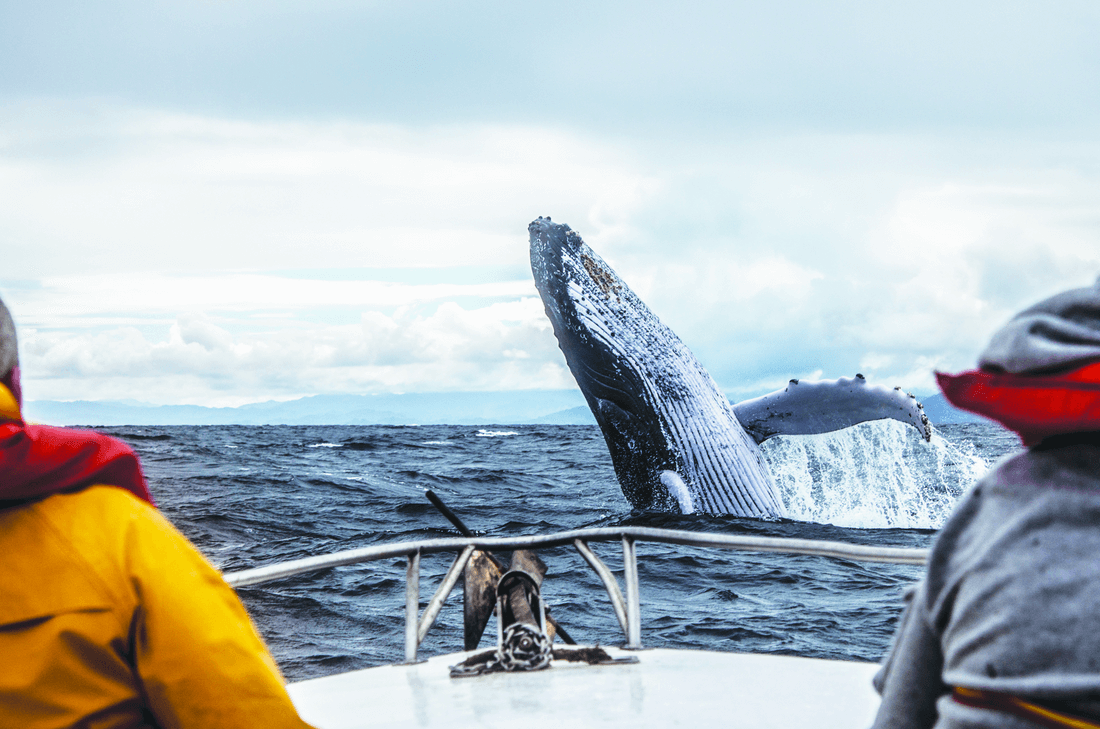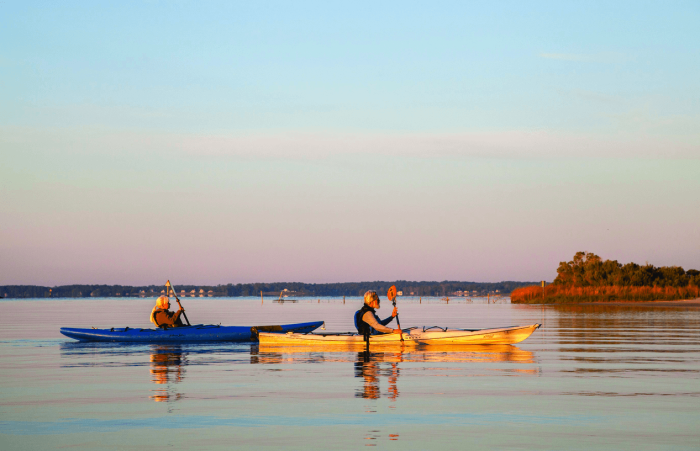Canada’s Atlantic seaboard, the Bay of Fundy and the Gulf of St. Lawrence provide some of the best whale watching in the world. Up to 22 species of whale migrate into these waters in search of food from about May through October, peaking late July to early September. And all around the coast there are boats waiting to get you out onto (or into) the water. Related:Touring Halifax, Nova Scotia
Newfoundland and Labrador
The largest number of species are to be found off Newfoundland’s shores, including the biggest of them all: the blue whale. The waters of the Witless Bay Ecological Reserve are only a short drive south of the provincial capital, St. John’s, and trips leave daily out of Petty Harbour. Added attractions are the giant icebergs drifting by and the spectacular rocky coastline. The Bay of Fundy
Known for having the highest tides in the world, this enormous “bathtub” of water is home to 12 species of whales, including 50 percent of the world’s endangered right whale population, plus finbacks, minkes, humpbacks and more. The best places are around Grand Manan and Campobello islands, off St. Andrews by the Sea in New Brunswick, and off Briar Island on Nova Scotia’s Fundy coast. The Gulfof St. Lawrence
All around the gulf, there are options for viewing the finbacks, minkes, pilots, humpbacks, belugas, blue whales and others that come to feed on its exceptionally rich waters. In Nova Scotia’s Cape Breton, Chéticamp and Pleasant Bay are the main centers along one of the most scenic routes in the world: the Cabot Trail. Over on the northern shore in Québec, head for Tadoussac, at the mouth of the Saguenay Fjord, or take a cruise downriver from Québec City. Closer Encounters
There are exciting variations on the whale-watching theme, including accompanying marine biologists on data-collection trips, sea-kayaking trips, or even snorkeling with the whales. Snorkelers are advised to calmly float and observe the approaching whales — and, curious creatures that they are, they will approach. TOP TIPS
• Whale-watching trips usually last for two to three hours and cost an average of $35 to $55.
• Whatever the weather, it’s usually cooler out at sea, so dress accordingly.
• If you’re traveling as a family, check age limits; some boats don’t take young children.
• Sightings are not always guaranteed, but some companies offer a free second trip if you don’t spot any whales on the first one.
FOR MORE INFO
Tourist offices can supply details of operators:
For more advice on traveling in Canada, go to www.insightguides.com.

Whale watching adventures on Canada’s East Coast

Shutterstock


















